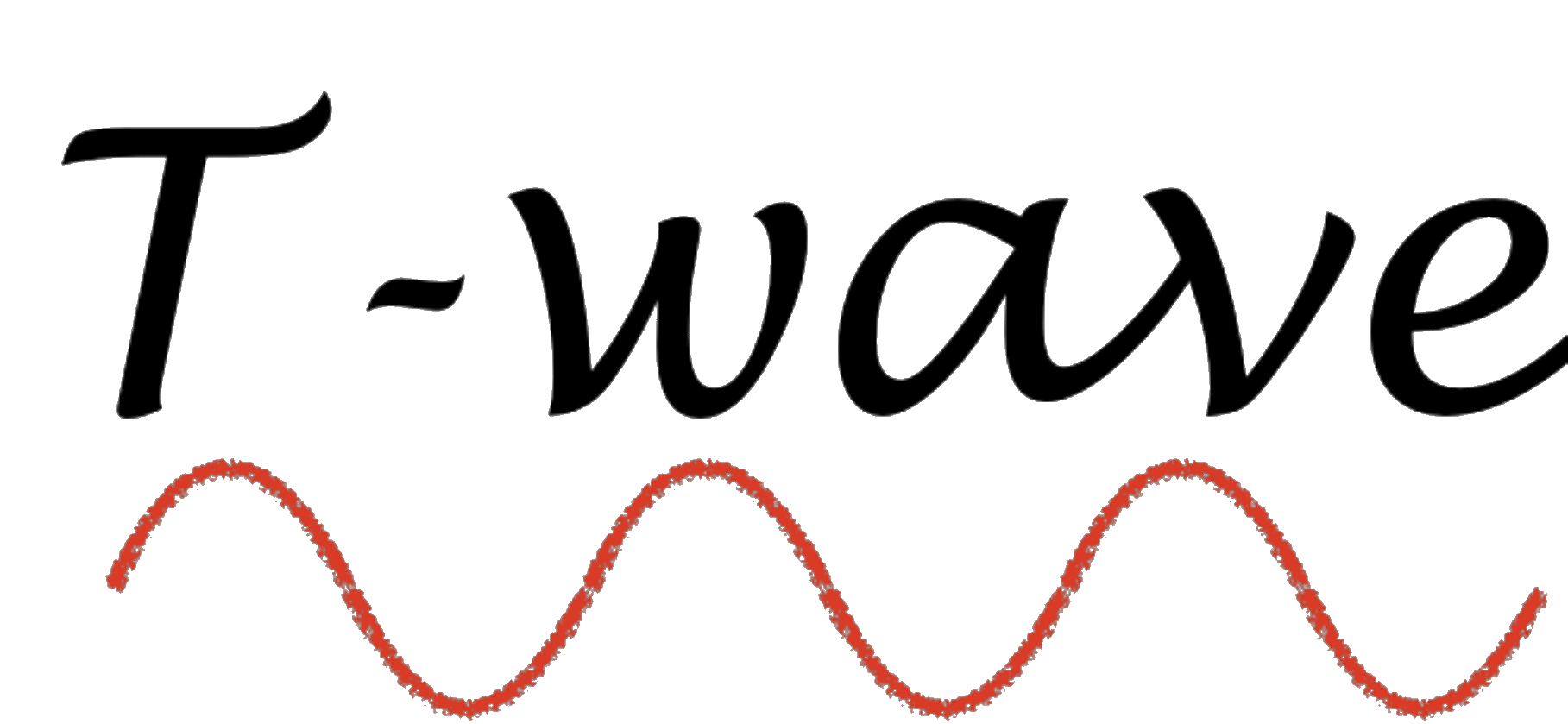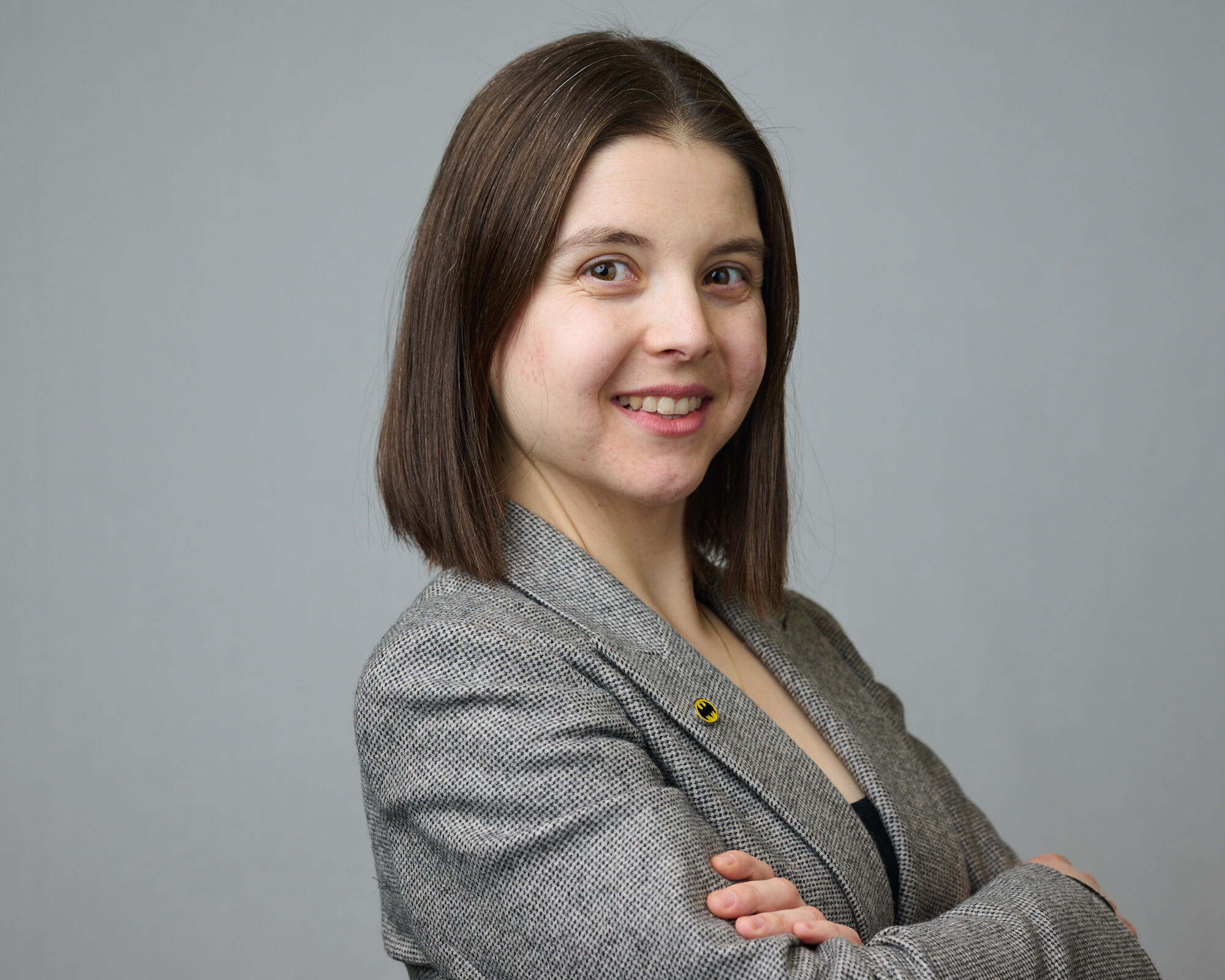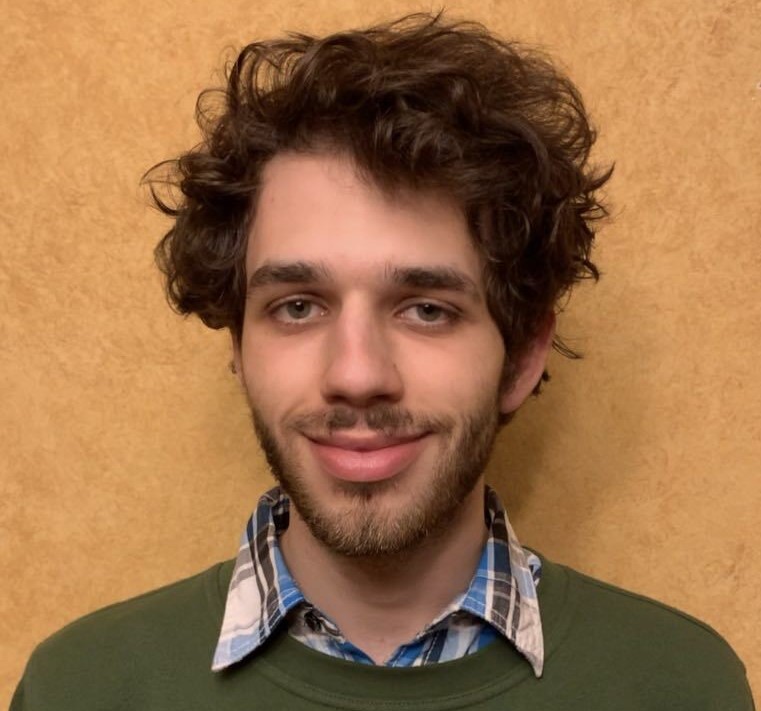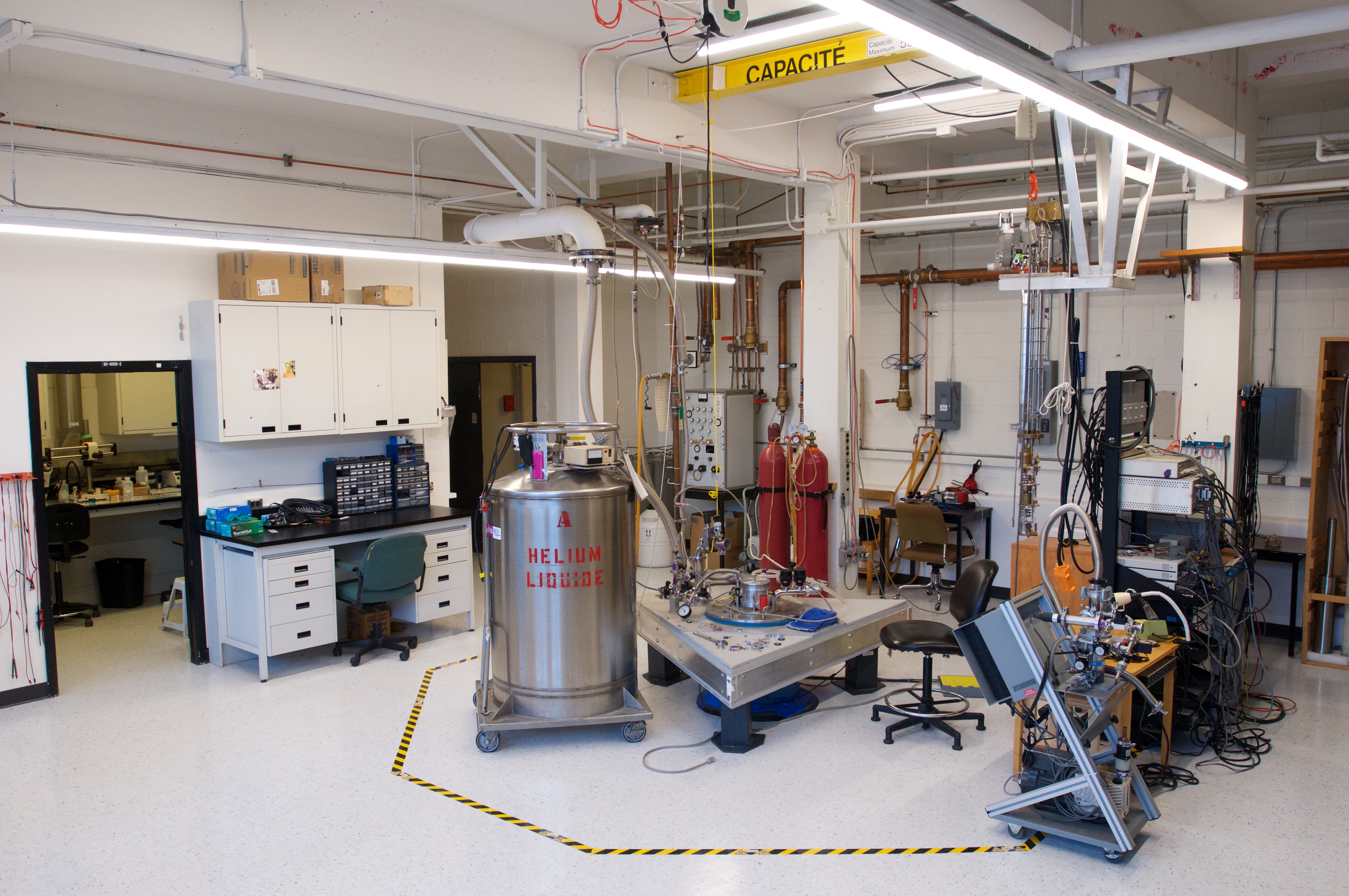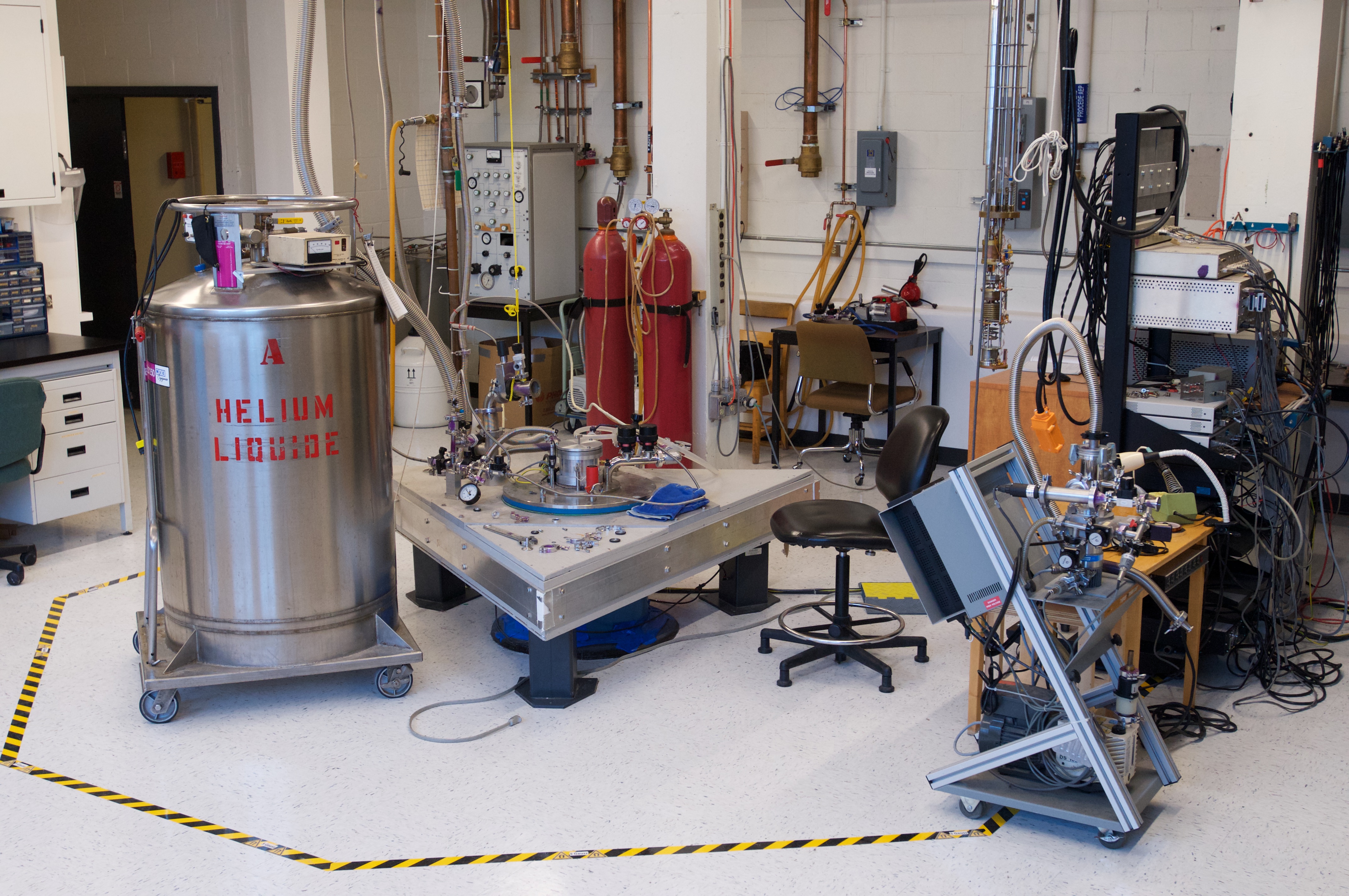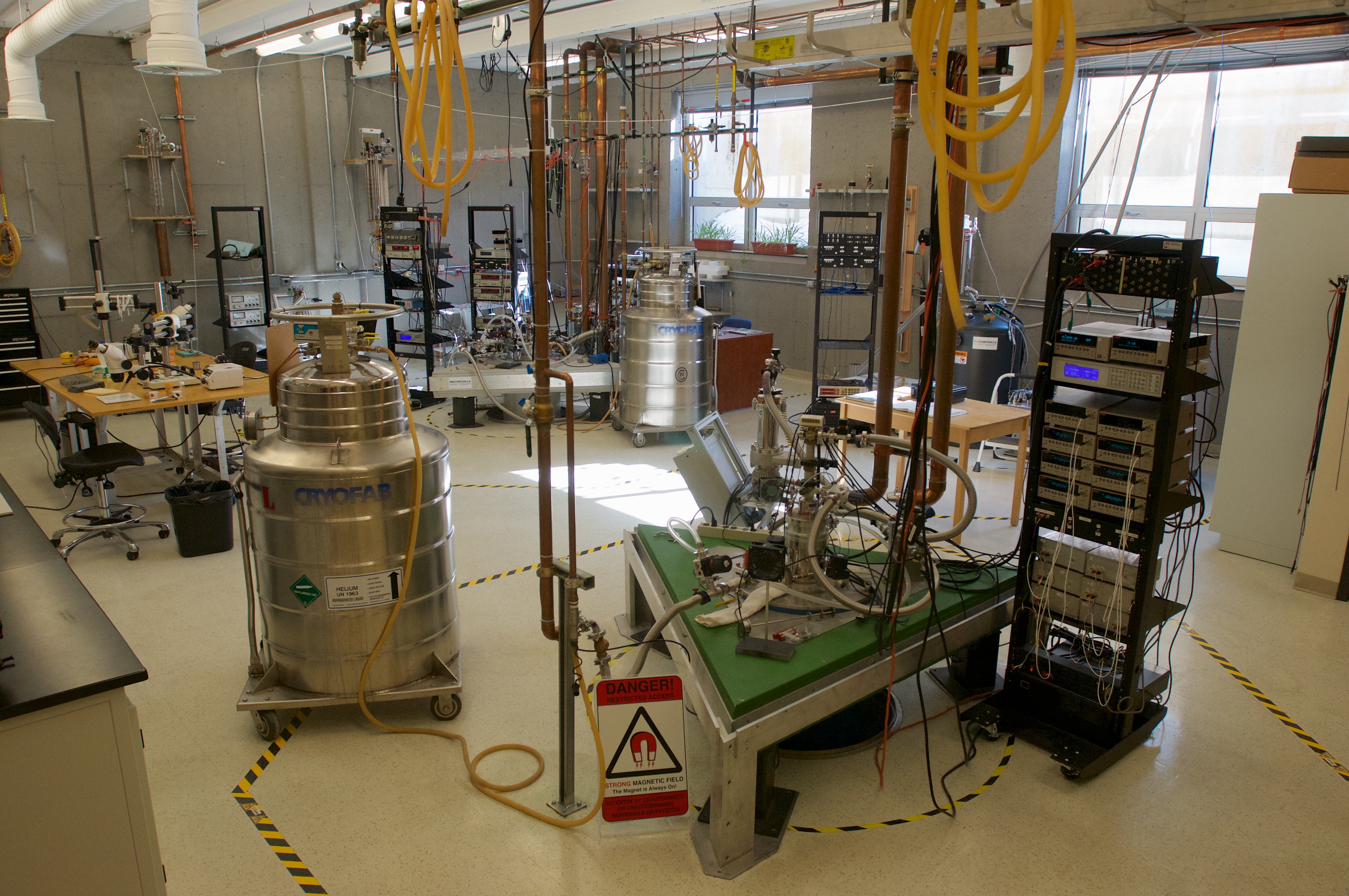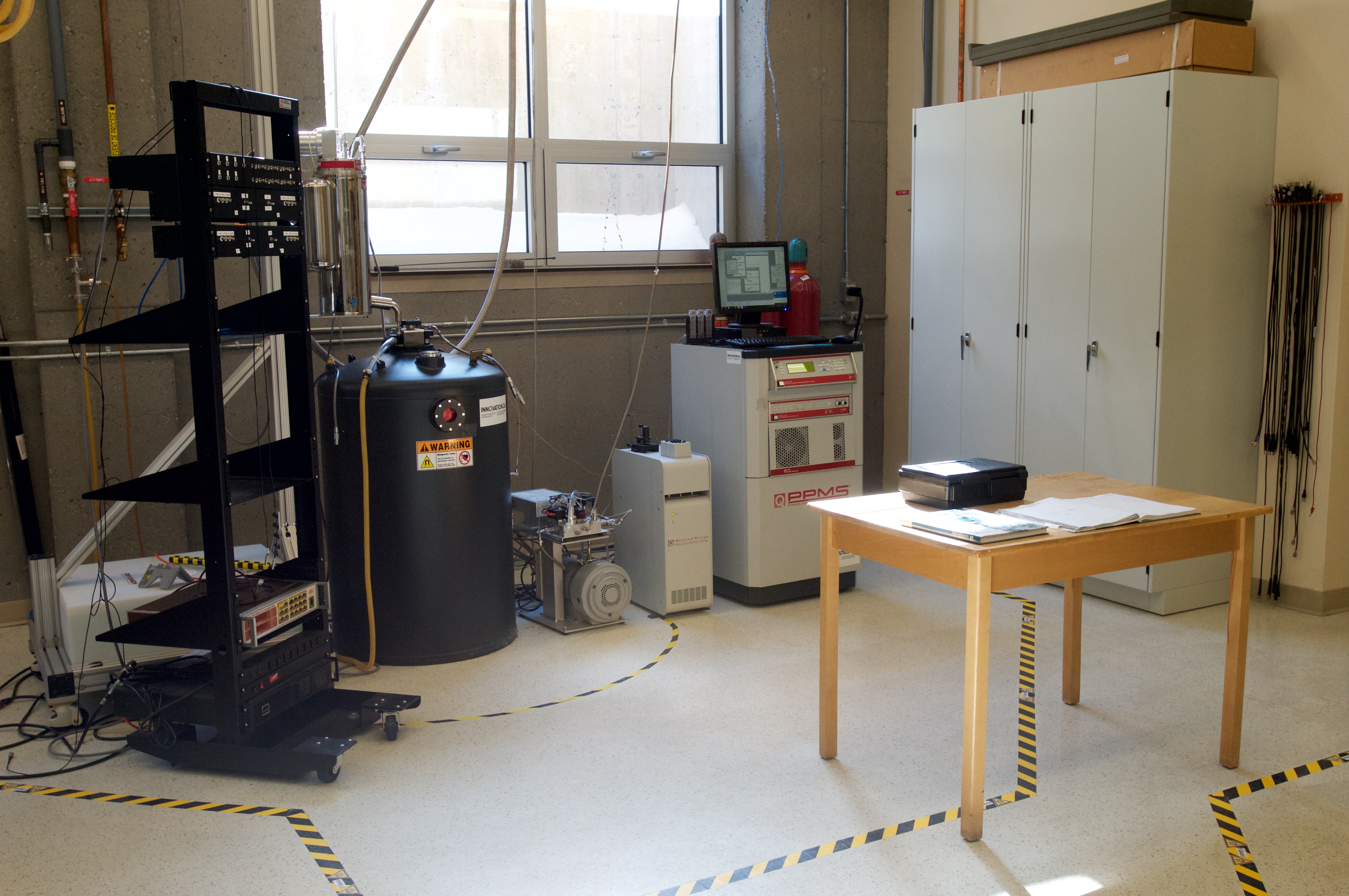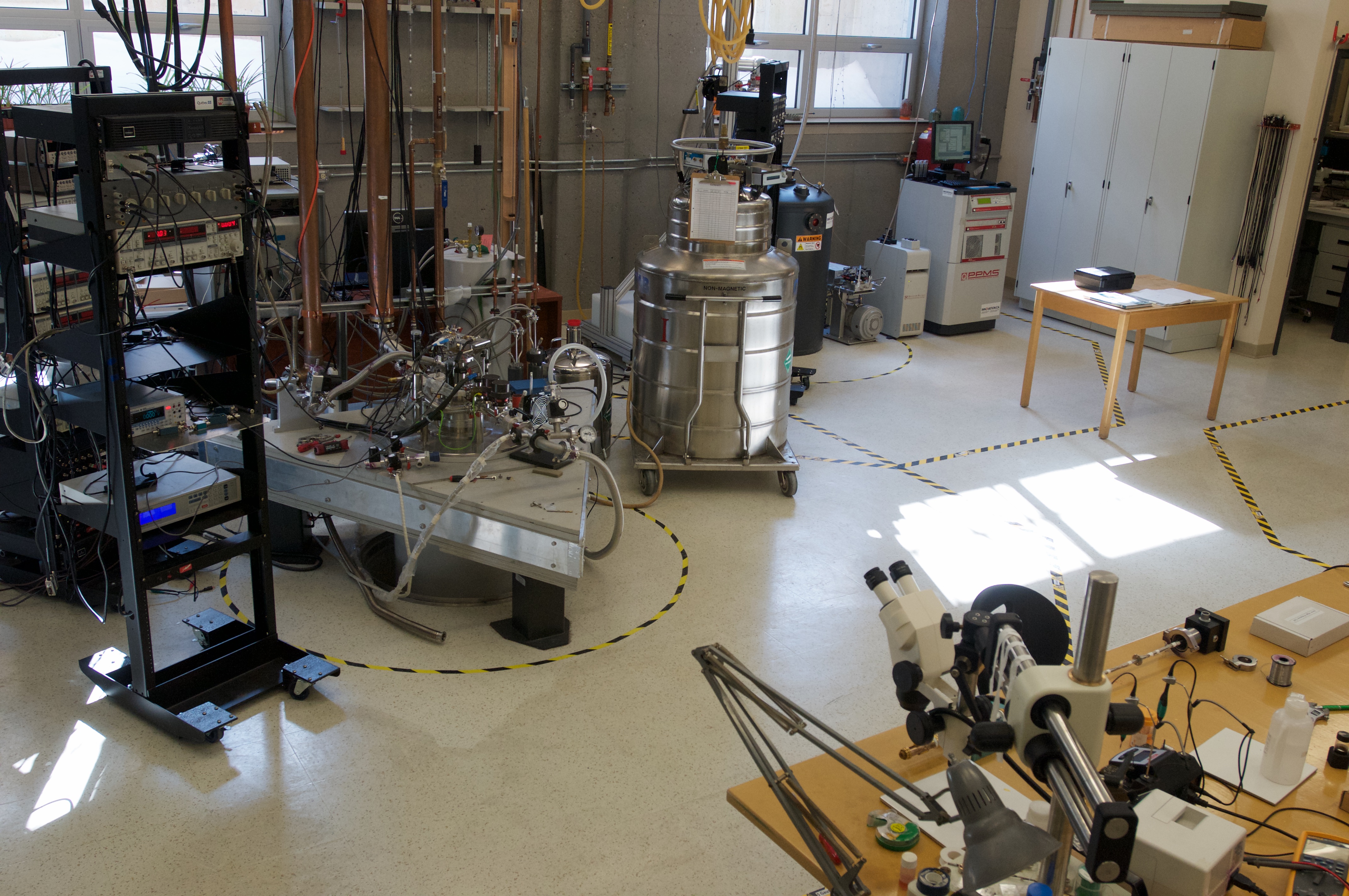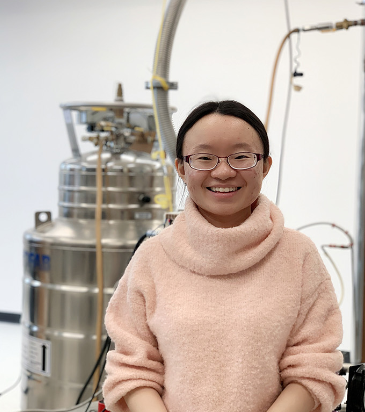
Lu accepted a position of assistant professor at University of Illinois Urbana-Champaign!!
May 2024We are so proud of you Lu, congratulations!! Thank you for all your hard work, and for sharing your passion of science and your bubbly personality with us. We wish you the best x
